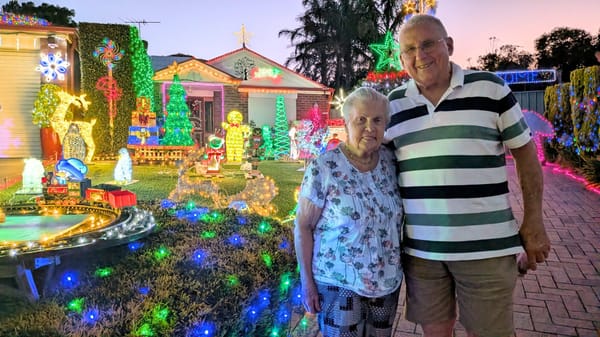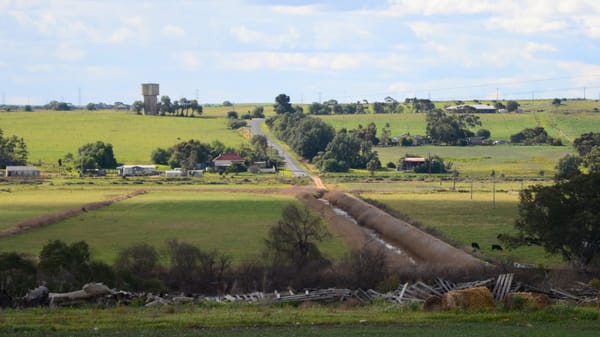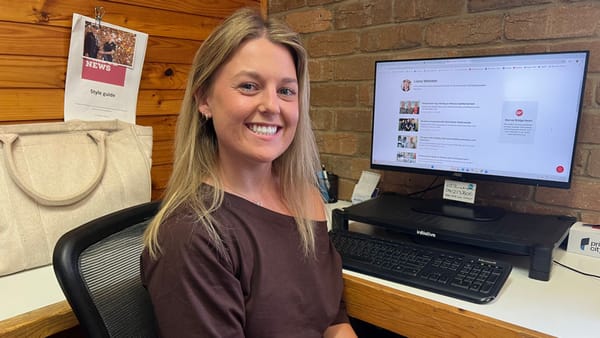It’s rubbish, folks, but not as we know it
Ever wondered where your rubbish ends up? A local recycling facility tour lifts the lid on what really happens after bin day.

This story is now free to read. Help Murray Bridge News tell more stories like this by subscribing today.
So what happens once the garbage truck empties your bin and drives away..?
Thanks to a recent tour organised by KESAB, a group of locals were lucky enough to find out.
I imagine the last time most of us think about what happens to our used takeaway food containers, plastic water bottles or deodorant cans is when we put them in our bins.
But what goes in which bin is something we all need to consider because the decisions we make at home have a real world effect on jobs, farms and the fresh produce we consume.
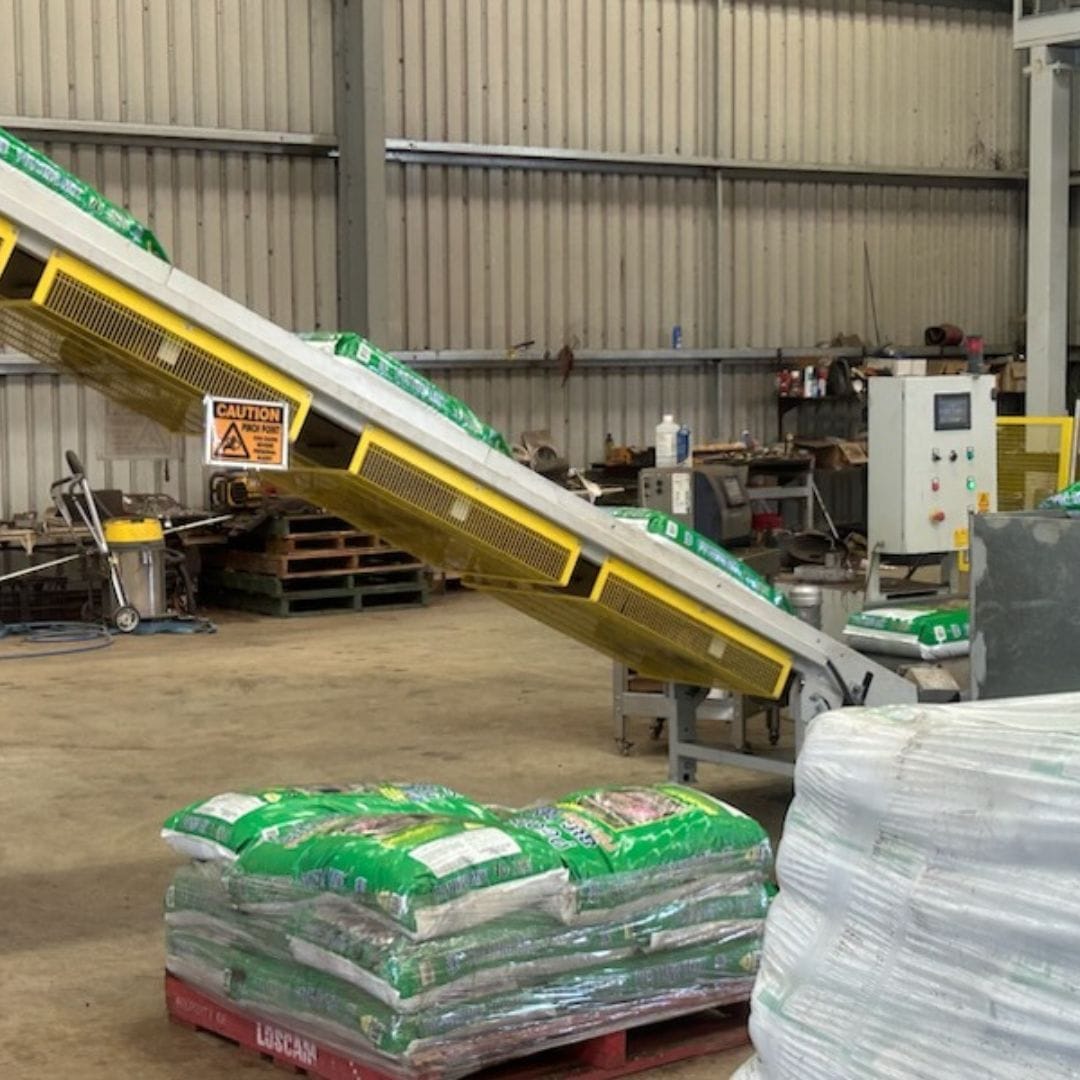
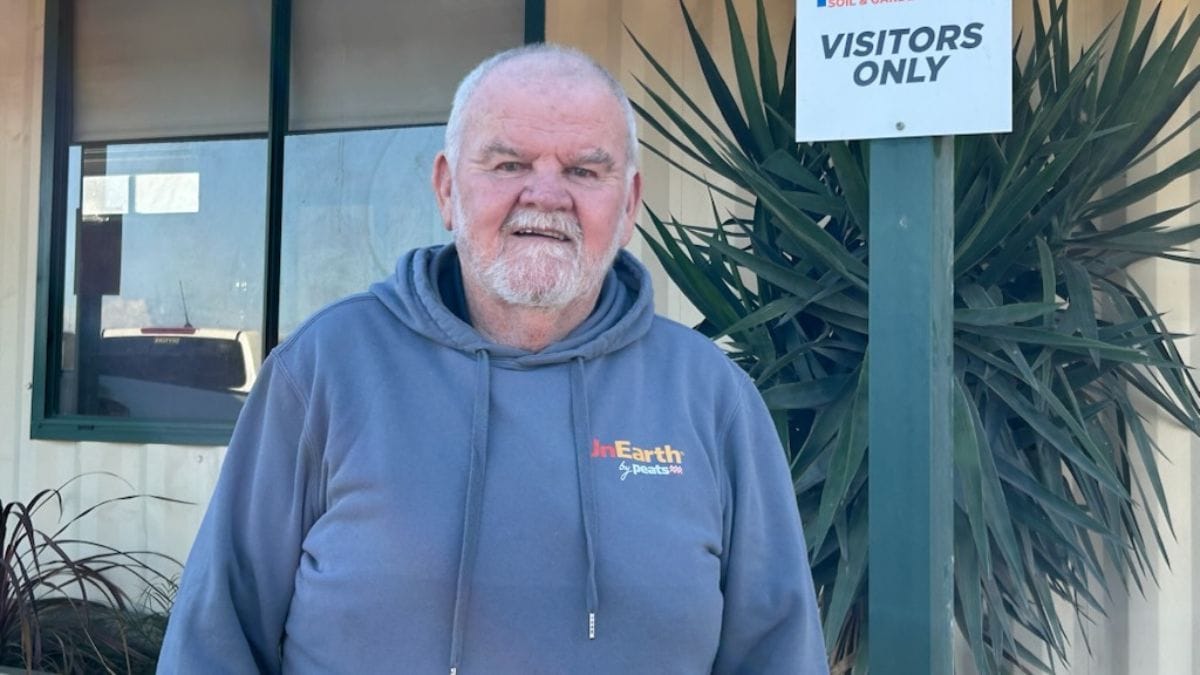
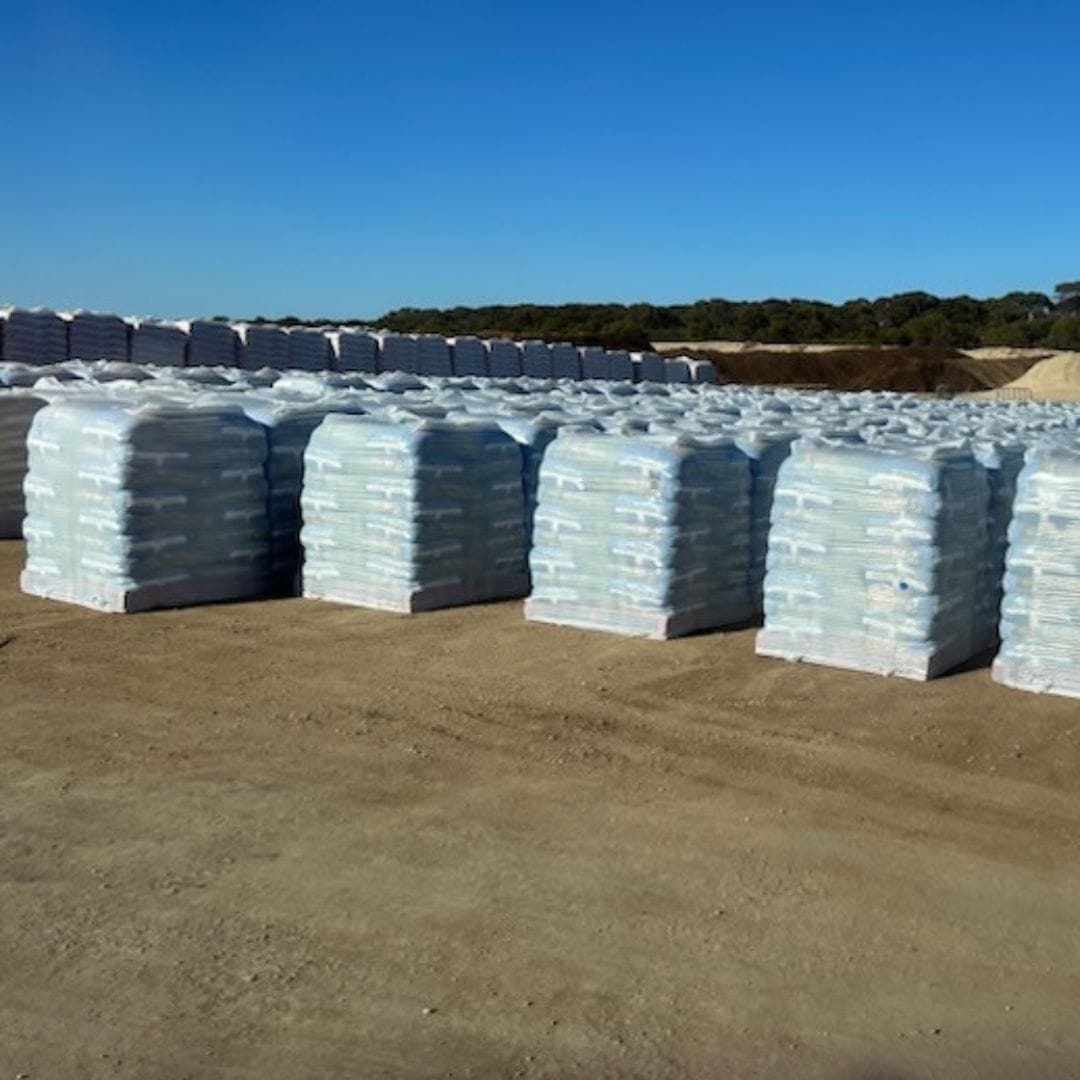
Peter Wadewitz (middle) is the Managing Director of both Peats Soils & BiobiN® Technologies. Photos: Jane Intini
First stop of the tour - Peats Soils
South Australia leads the nation in resource management with three advanced composting facilities in the state, including Peats Soils at Langhorne Creek.
The state government continues to invest in recycling through the $200 million Green Industries Fund.
Peats Soils is a second-generation, South Australian company focused on receiving, processing and marketing recyclable organic resources.
It's also one of the largest recycling facilities in South Australia.
Peats Soils receives and process much of metropolitan Adelaide’s green organics through council kerbside and business collections; as well as food organics from hotels, supermarkets, schools, office buildings, food processors and manufacturers.
A veritable army of bacteria is tasked with chomping away at our green waste and turning it back into a range of soil products that help grow the fruit, vegetables, grapes, lawns and farm products we rely on.
Products from Peats Soils are exported across Australia and internationally.
NSW and Victoria buys copious amounts of commercial compost and mulch and Peats patented, recycling BioBin technology now operates in the UAE, Qatar and the USA.
The enemy of successful composting is contamination
This often comes directly from the decisions we make at home regarding what we put in which bin.
We’ve all been guilty of not bothering to check everything we put in the bin, thinking that ‘I’m too busy’ or ‘it won’t matter if it’s just me,’ turns out to be a huge mistake that costs our environment and local industries dearly.
Apart from leading to tonnes of contaminated waste having to go to landfill instead of turning into usable products - from garden mulch to recyclable coffee cups.
Millions of dollars invested by local companies in jobs and machinery can all be brought to a standstill by a styrofoam container or car battery thoughtlessly put in the wrong place.
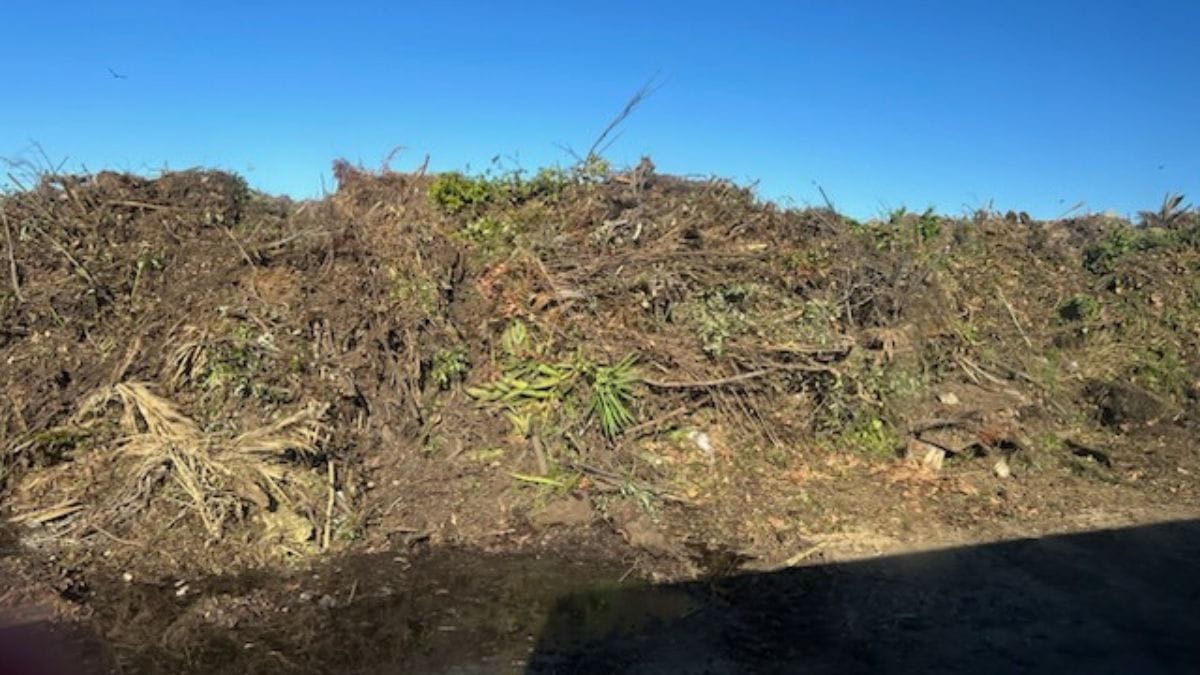
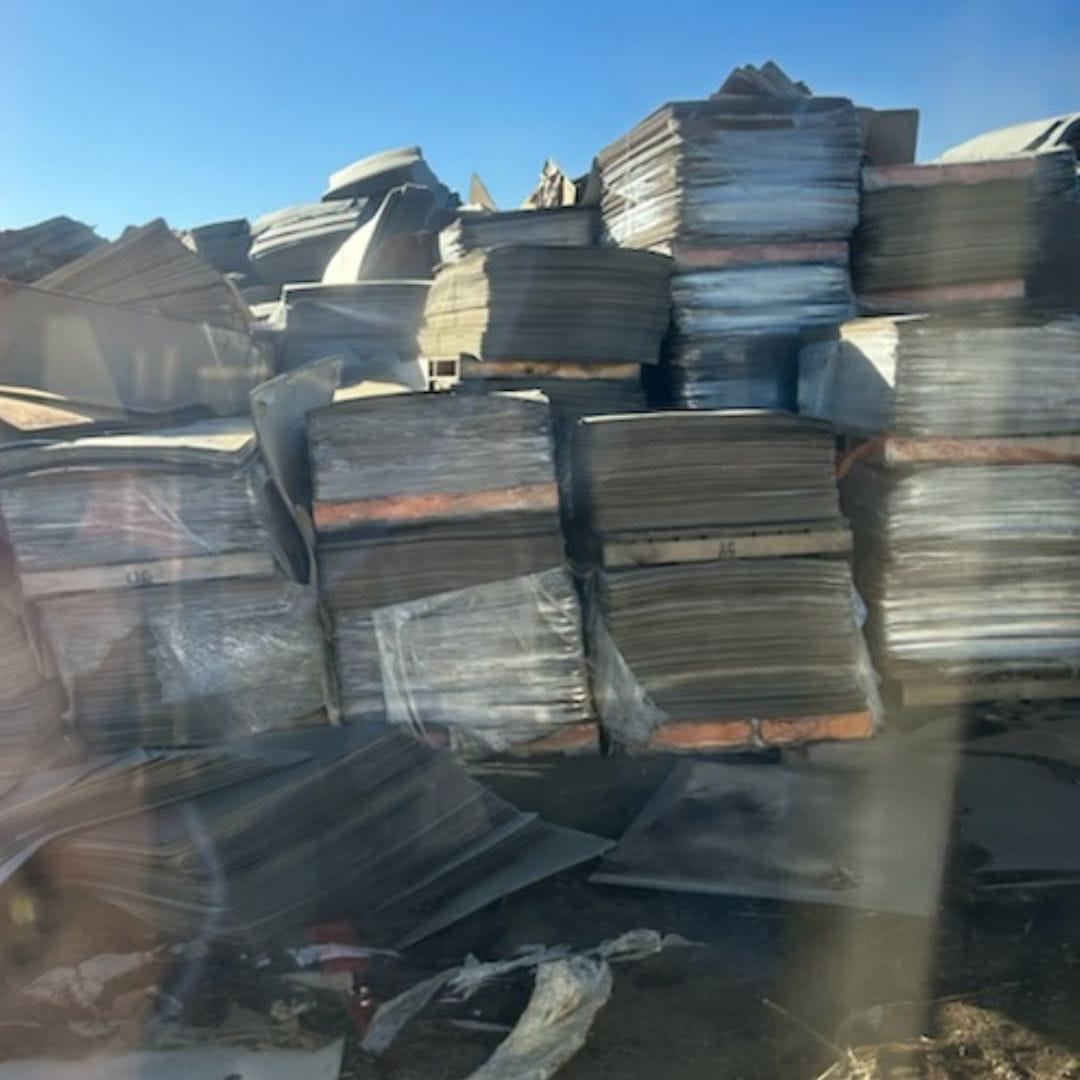

Green waste, cardboard stacks and a mattress mountain all located at the Brinkley waste and recycling facility. Photo: Jane Intini
Second stop - Brinkley waste and recycling facility
Our second stop was the Brinkley waste and recycling facility which we know as our local dump.
It’s owned by the Rural City of Murray Bridge but operated and managed by the Adelaide Hills recycling and waste management authority.
The facility collects rubbish from four councils - Rural City of Murray Bridge, Mount Barker Council, Adelaide Hills Council and Alexandrina Council - as well as from smaller councils across the south east.
Brinkley is an ideal place for a landfill as the water table is up to 30 metres below ground level, making it ideal for stopping toxins or leachates, reaching the groundwater.
Our higher summer temperatures assist in the evaporation of this leachate, further compacting the site.
This facility handles the majority of our recycling.
For example, old mattresses are torn apart for their steel springs and concrete can be ground down and used for road bases.
It provides an income stream for the facility that can be jeopardised if we don’t do the right thing.
There are some simple steps you can take to help reduce the amount going into landfill each year:
- ‘If it grows, it’s green’ - green bin.
- Cardboard and paper, hard plastics (e.g. margarine containers, tubs, bottles and trays), metal and glass - yellow bin.
The enemies of recycling are soft plastics (like food wrap), styrofoam, fire extinguishers, batteries of all kinds and e-waste like disposable vapes and old mobile phones as well as TV’s, VCR’s, computer screens and home electronics.
Those containing batteries can heat up and explode as well as set landfill sites alight.
Murray Bridge residents can take up to 15 items of e-waste to the Brinkley site for free each year.
You can find a comprehensive list of what goes in which bin here.
Thanks to KESAB for organising this free tour that was open to the public.
- If you’d like to arrange a tour or talk, please contact Sarah at KESAB - sarah@kesab.asn.au or call 8234 7255.


